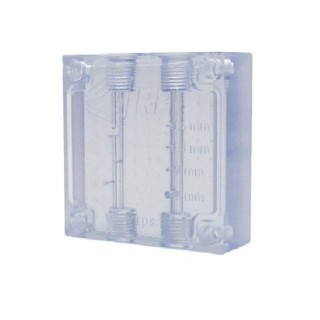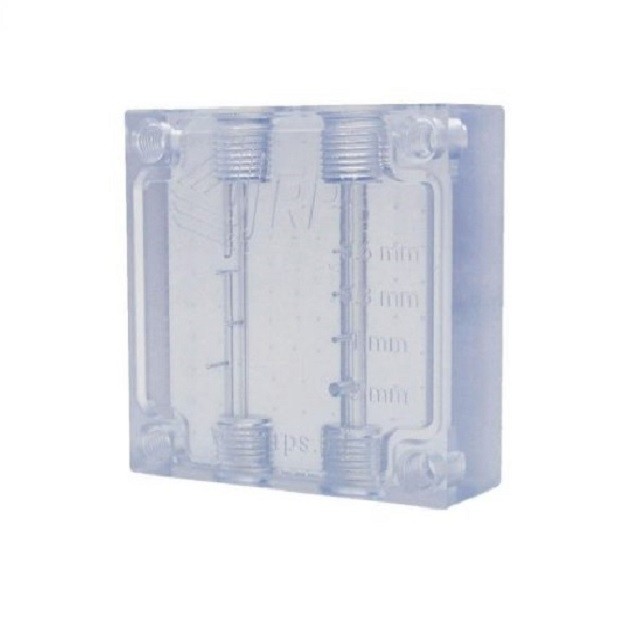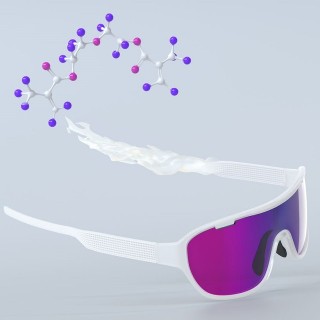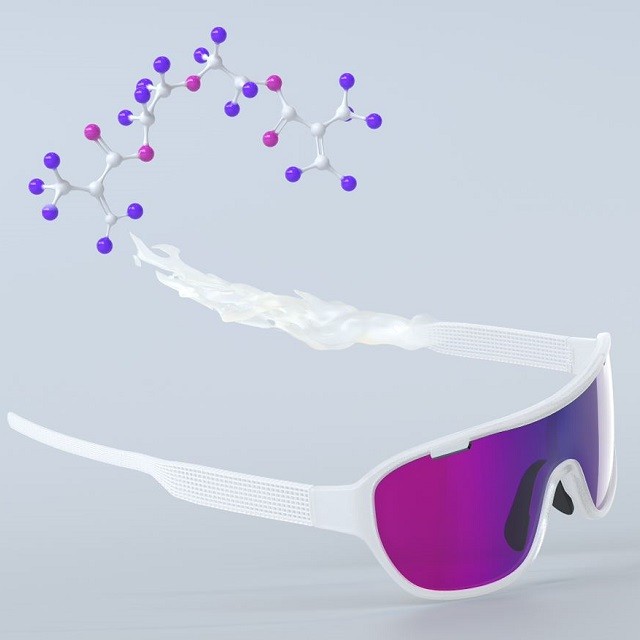What does clear stand for in terms of part properties in 3D printing?
In 3D printing, the term "clear" refers to materials that are transparent or translucent, enabling light to pass through with minimal distortion. Clear (Transparent) 3D printing materials are designed to produce optically clear objects or components, making them ideal for applications requiring transparency.
What are the general levels of clarity?

Transparent
Transparent materials allow light to flow through with minimum scattering or distortion, resulting in a clear and unobstructed perspective. Some applications include optics, lenses and windows in a variety of sectors that require optical clarity.

Translucent
Translucent materials allow light to flow through while diffusing it to some amount, resulting in a softened or blurred appearance. Some applications include diffusers, lampshades, and other applications that require diffused light or a semi-opaque appearance.

Semi-Transparent
Semi-transparent materials allow some light through but may have a degree of opacity, limiting clarity when compared to totally transparent materials. Some applications include decorative items, signage, and components that require both transparency and some sort of concealment.

Frosted or Matte
Frosted or matte finishes create a surface that scatters or diffuses light, lowering the object's overall transparency. Clear materials can be given a frosted or matte look by using post-processing processes like sanding or coating. Some applications include decorative features, privacy screens, and circumstances where diffused light is preferred over pure transparency.
What are the benefits of 3D printing for clear applications?
Complex Geometry
One of the primary benefits of 3D printing is the ability to create complicated and elaborate geometries with transparency. This is especially useful in fields such as optics, where custom-designed lenses, prisms, and light guides may be manufactured with accuracy, allowing for excellent light transmission and clarity.
Rapid Prototyping
3D printing makes rapid prototyping possible, allowing designers to swiftly iterate and test transparent concepts. This adaptability is crucial in fields like product development and optics, where rapid design changes are required to achieve maximum clarity and functionality. Transparent models are also ideal for presenting complex internal structures.
Customization
3D printing allows the use of a wide range of transparent materials, allowing for customisation based on individual application needs. From stiff and durable clear plastics to flexible and translucent elastomers, the variety of materials guarantees that 3D printing can meet a wide range of clear application requirements.
What are the applications of 3D printing clear parts and components?
Optics and Photonics
3D printing is transforming the optics business by allowing for the creation of unique lenses, prisms, and optical components with complicated designs. The transparency and precision attained by 3D printing help to develop imaging, laser systems, and optical prototyping.
Medical Devices
Clear 3D printing is used to create transparent medical devices such as surgical prototypes, anatomical models for education, and diagnostic equipment casings. The capacity to design complicated and translucent structures improves the functionality and appearance of medical equipment.
Consumer Goods and Prototyping
The consumer goods business uses 3D printing to create transparent prototypes and product designs. From clear packaging prototypes to transparent product components, 3D printing simplifies the product development process and enables designers to visualise and refine clear aspects in their designs.
What materials do we recommend for 3D printing clear parts and components?
Somos® WaterShed® XC 11122 from Stratasys - Printed on the Stratasys Neo®450 or Neo®800
Somos® WaterShed XC 11122 is a popular resin among designers due to its ABS and PBT-like qualities for stereolithography technology. Somos® WaterShed provides detailed parts with high clarity and water resistance, making them ideal for fluid flow monitoring.
The robust, clear parts have the look and feel of manufactured plastic, with a smooth finish that speeds up testing. The material is durable enough to resist rigorous wind tunnel testing, making it an excellent alternative for the automobile and aerospace industries.
The Stratasys® Neo®800 and Neo®450s are ideal for those who need high-definition parts for their applications. Using those machines to print the Somos® WaterShed® XC 11122 allows you to quickly produce clear SD parts or produce clear HD parts with fine resolution and intricate, small details.
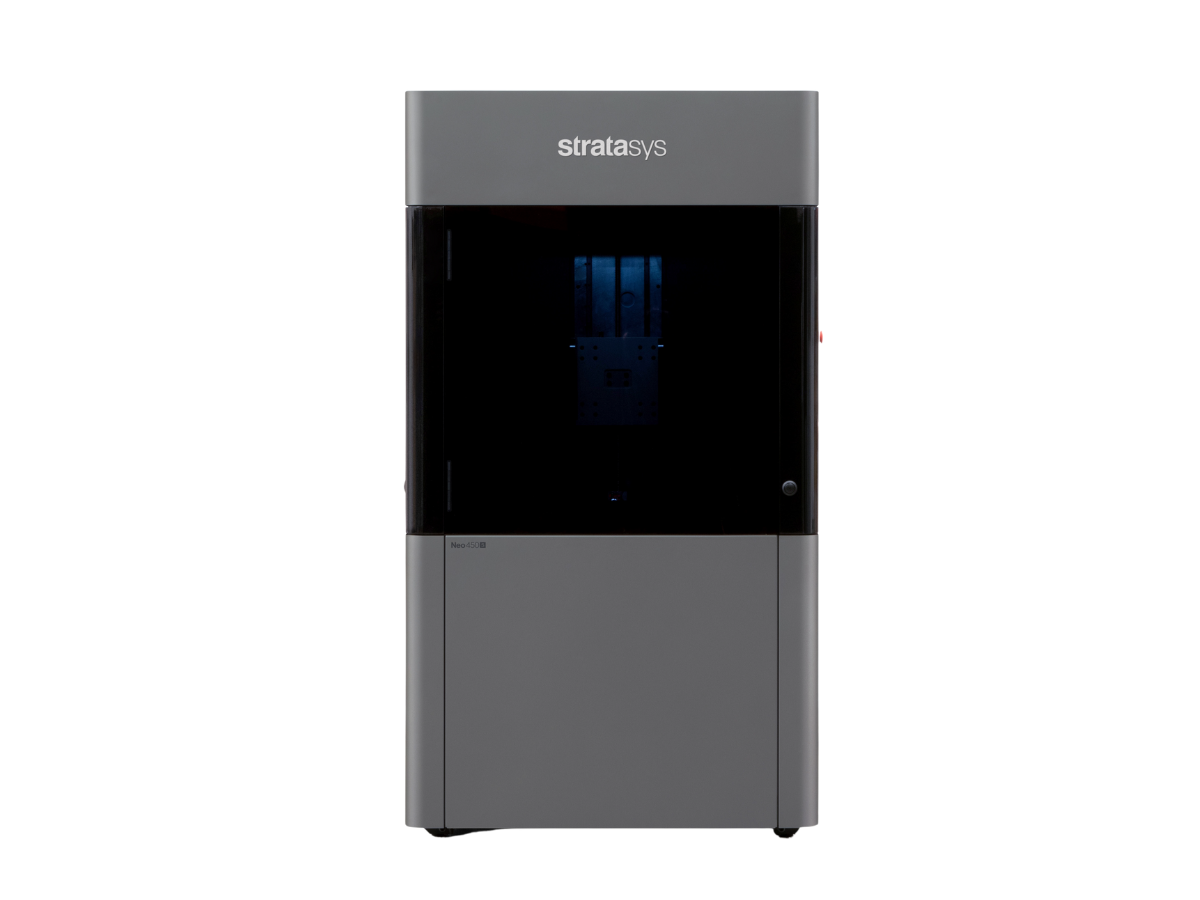
Neo®450s
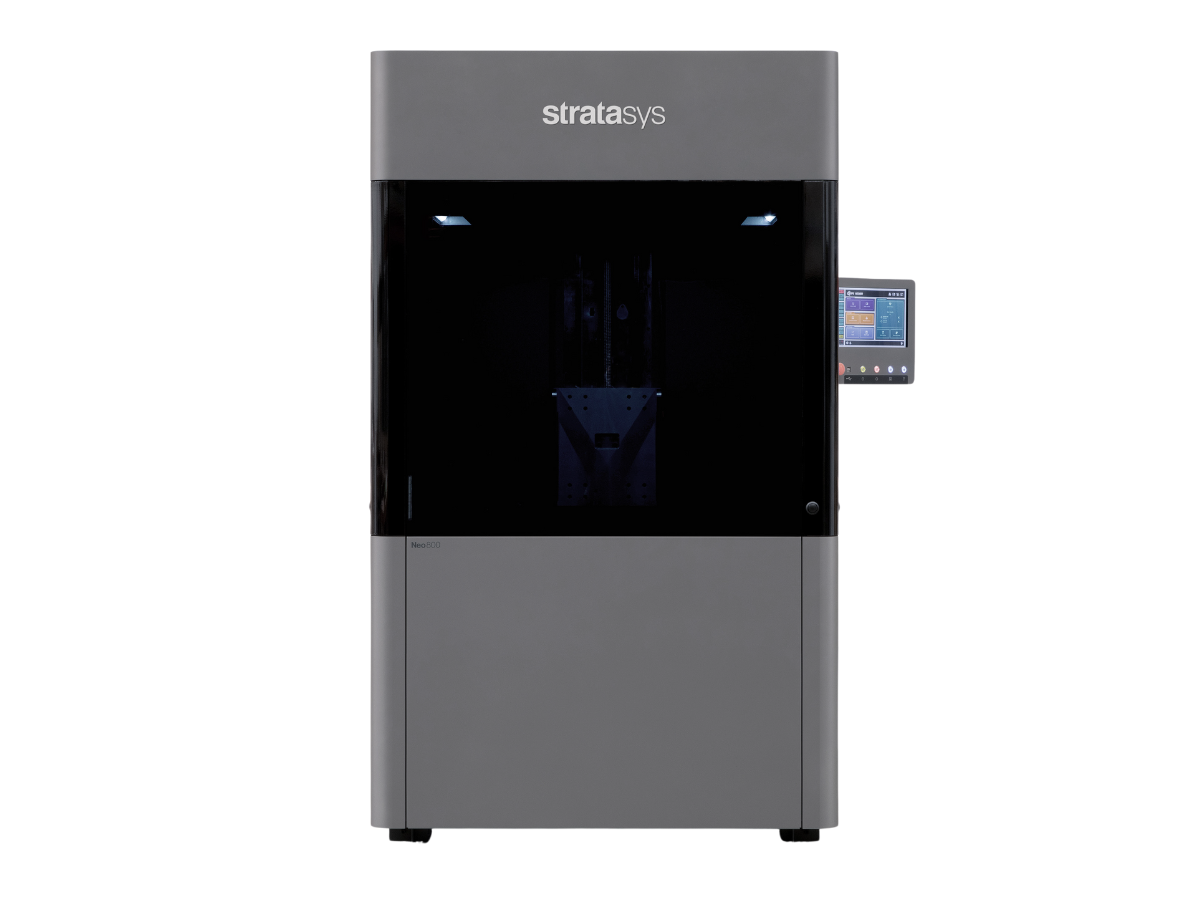
Neo®800

Have your components 3D printed now! Do you have any questions? Contact our experts!
INFINAM® RG 2001 L from Evonik - Printed on the Nexa3D® XiP Pro
INFINAM® RG 2001 L is a photopolymer suitable for a variety of applications, but it excels in the demanding eyewear market. The clear liquid composition cures rapidly and is simple to process.
The ready-to-use material is characterized by exceptional impact strength and temperature resistance as well as long-lasting thermomechanical performance. It also boasts outstanding long-term stability, even under high UV exposure.
The XiP Pro printer from Nexa3D® is one of the ultra-fast resin 3D printers that has the best capability to print the INFINAM® RG 2001 L resin from Evonik. The unique LSPc® technology of Nexa3D® allows for the rapid manufacture of clear parts with high resolution in a matter of hours.
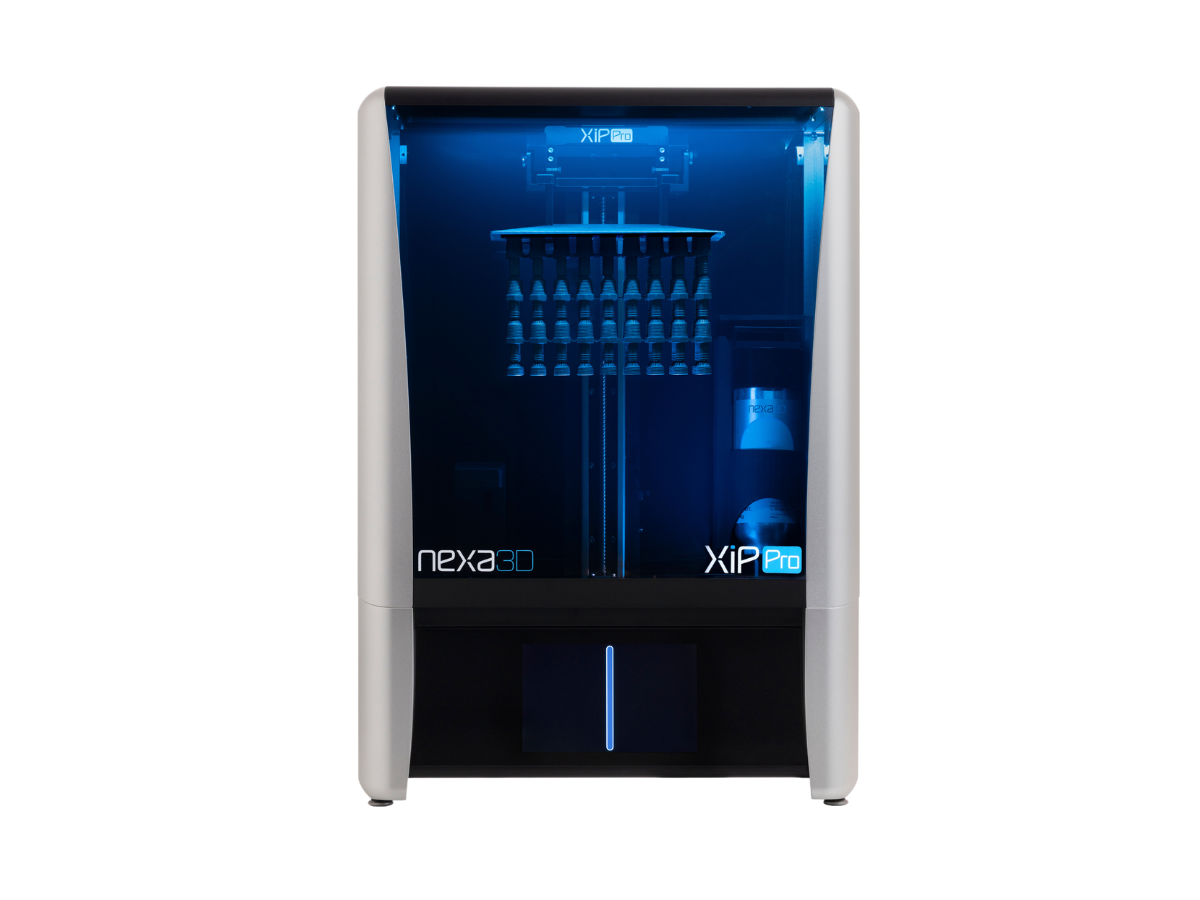
XiP Pro




